
Filter News
Area of Research
- (-) Computational Engineering (1)
- (-) Materials (9)
- (-) Quantum information Science (1)
- Advanced Manufacturing (1)
- Biology and Environment (10)
- Computer Science (6)
- Electricity and Smart Grid (2)
- Energy Science (30)
- Fusion and Fission (16)
- Fusion Energy (11)
- National Security (13)
- Neutron Science (3)
- Nuclear Science and Technology (11)
- Sensors and Controls (1)
- Supercomputing (26)
News Topics
- (-) Fusion (4)
- (-) Grid (3)
- (-) Machine Learning (3)
- (-) Molten Salt (1)
- 3-D Printing/Advanced Manufacturing (10)
- Advanced Reactors (2)
- Artificial Intelligence (5)
- Big Data (3)
- Bioenergy (4)
- Biomedical (4)
- Buildings (2)
- Chemical Sciences (11)
- Clean Water (4)
- Composites (6)
- Computer Science (15)
- Coronavirus (2)
- Critical Materials (5)
- Cybersecurity (2)
- Energy Storage (13)
- Environment (8)
- Exascale Computing (1)
- High-Performance Computing (1)
- Isotopes (8)
- Materials (31)
- Materials Science (36)
- Mathematics (2)
- Microscopy (14)
- Nanotechnology (17)
- Neutron Science (13)
- Nuclear Energy (12)
- Partnerships (3)
- Physics (13)
- Polymers (10)
- Quantum Computing (2)
- Quantum Science (8)
- Security (1)
- Space Exploration (2)
- Summit (1)
- Transportation (10)
Media Contacts
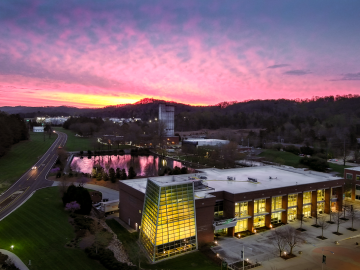
In fiscal year 2023 — Oct. 1–Sept. 30, 2023 — Oak Ridge National Laboratory was awarded more than $8 million in technology maturation funding through the Department of Energy’s Technology Commercialization Fund, or TCF.
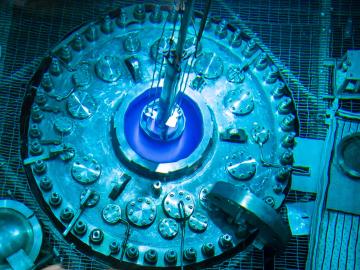
Creating energy the way the sun and stars do — through nuclear fusion — is one of the grand challenges facing science and technology. What’s easy for the sun and its billions of relatives turns out to be particularly difficult on Earth.
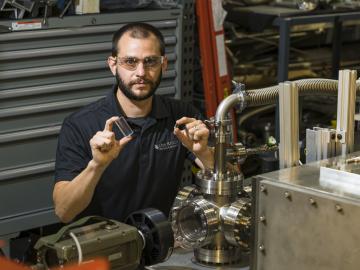
ORNL will team up with six of eight companies that are advancing designs and research and development for fusion power plants with the mission to achieve a pilot-scale demonstration of fusion within a decade.

From materials science and earth system modeling to quantum information science and cybersecurity, experts in many fields run simulations and conduct experiments to collect the abundance of data necessary for scientific progress.

In the race to identify solutions to the COVID-19 pandemic, researchers at the Department of Energy’s Oak Ridge National Laboratory are joining the fight by applying expertise in computational science, advanced manufacturing, data science and neutron science.
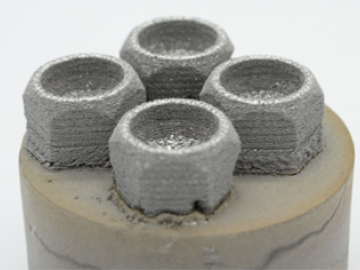
Using additive manufacturing, scientists experimenting with tungsten at Oak Ridge National Laboratory hope to unlock new potential of the high-performance heat-transferring material used to protect components from the plasma inside a fusion reactor. Fusion requires hydrogen isotopes to reach millions of degrees.
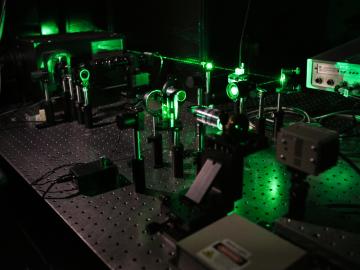
Scientists at Oak Ridge National Laboratory studying quantum communications have discovered a more practical way to share secret messages among three parties, which could ultimately lead to better cybersecurity for the electric grid

A study led by Oak Ridge National Laboratory explored the interface between the Department of Veterans Affairs’ healthcare data system and the data itself to detect the likelihood of errors and designed an auto-surveillance tool
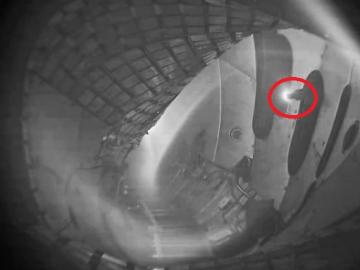
Scientists have tested a novel heat-shielding graphite foam, originally created at Oak Ridge National Laboratory, at Germany’s Wendelstein 7-X stellarator with promising results for use in plasma-facing components of fusion reactors.
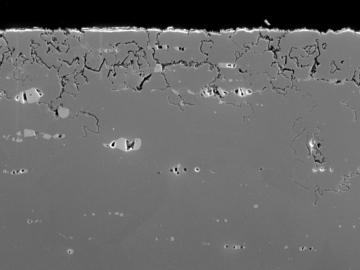
Oak Ridge National Laboratory scientists analyzed more than 50 years of data showing puzzlingly inconsistent trends about corrosion of structural alloys in molten salts and found one factor mattered most—salt purity.


